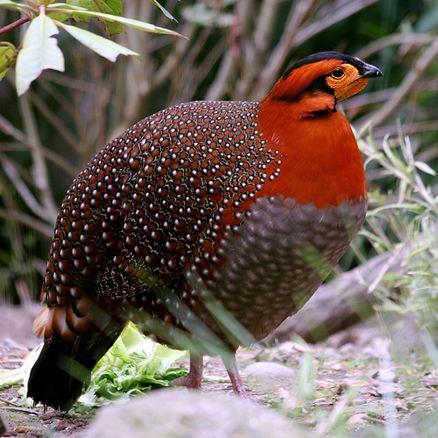
The Blyth's Tragopan is called Blyth's Tragopan in English, and has two subspecies.The Blyth's Tragopan is alert by nature, good at running, and generally rarely flies. When frightened, they often run fast or hide in dense forests and bushes, and only fly away when they have to. But the...
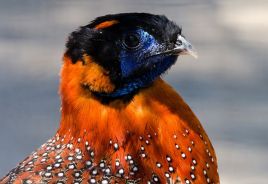
The foreign name of the red-breasted tragopan is Satyr Tragopan, and there is no subspecies.The red-breasted tragopan mainly forages in the early morning and dusk, and likes to hide. Most of the time, it hides in the deep mountains and dense forests where few people go. It is cautious in its movemen...
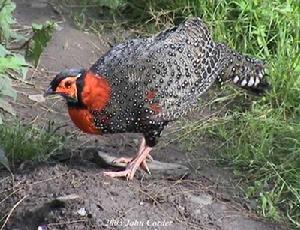
The foreign name of the black-headed tragopan is Western Tragopan, and there is no subspecies.The black-headed tragopan likes to move alone and forms small groups in winter. It has weak flying and dispersal abilities, and relatively poor ability to avoid natural enemies. It lives in dense forests, a...
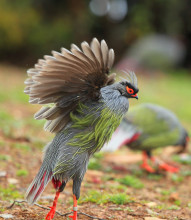
Blood Pheasant is called Blood Pheasant in foreign language, and has 12 subspecies. Also known as Blood Chicken and Songhua Chicken, the male Blood Pheasant has red large coverts, undertail coverts, uppertail coverts, feet, head sides, and wax membrane, so it is called Blood Pheasant. It has many al...
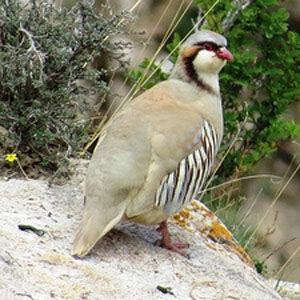
The foreign name of the large stone partridge is Rusty-necklaced Partridge, and there is no subspecies.The large stone partridge does not have extensive migration habits, but vertical migration with seasonal changes is more obvious on the Qinghai Plateau. In spring and summer, as the weather warms u...
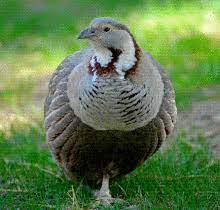
Altai Snowcock, also known as Altai Snowcock, has two subspecies.Altai Snowcock often moves in groups except during the breeding season. It likes to run on the ground, and often swings its tail feathers up and down while walking, which is its unique behavior. It runs fast on the ground, especially w...
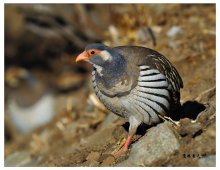
Tibetan Snowcock, also known as Tibetan Snowcock in English, has 6 subspecies and is similar in shape to domestic chickens.Tibetan snow chickens like to gather in groups, mostly in small groups of 3-5. In areas with high density, you can see large groups of 10-20 or even nearly 100. They are active...
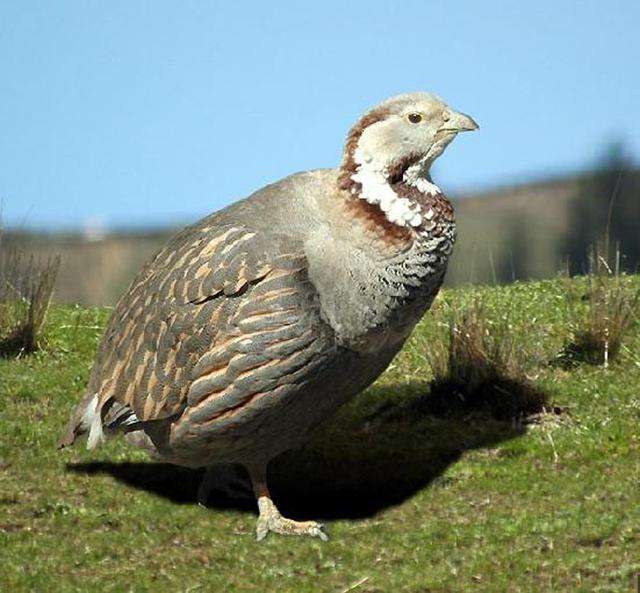
The Himalayan Snowcock is divided into five subspecies. The nominate subspecies has the darkest color of feathers, the southern Xinjiang subspecies has the lightest color, and the Qinghai subspecies has a color between the above two subspecies.Dark-bellied snowcocks like to gather in groups, often f...

The foreign name of the yellow-throated pheasant quail is Buff-throated Partridge or Szechenyi's Monal-Partridge. It has no subspecies and is a rare resident bird.Yellow-throated pheasant quail roosts on low branches at night. Except for the breeding season when they mostly move in pairs or alon...
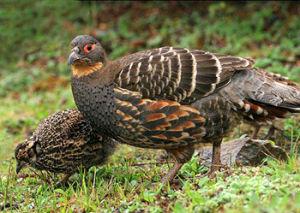
Chestnut-throated Partridge, no subspecies.Chestnut-throated Partridge is usually found alone or in pairs, foraging in open areas near the forest line. They are good at walking and running on the ground, and also good at gliding in the valleys, but their flying ability is poor, and they rarely take...
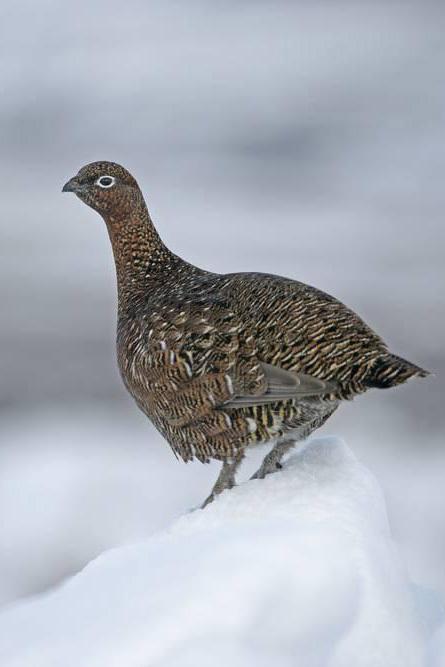
Willow Ptarmigan, with 17 subspecies, is a medium-sized bird in the grouse family.Willow Ptarmigan likes to move in the woods and sometimes in farmland. Except for the breeding season, they mostly move in groups, and in winter there can be more than a hundred. The range of activities is wide, and th...
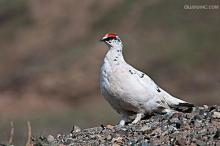
Rock Ptarmigan has 25 subspecies.Rock Ptarmigan is mostly active in groups except during the breeding season, mostly in small groups of 3-5, and sometimes even up to 100 in winter. It mainly moves on the ground, and roosts in snow caves at night in winter. It flies quickly, but not far. It lives in...

The Black Grouse is divided into 7 subspecies according to feather color and body shape. There are 3 subspecies in China, namely Xinjiang subspecies, northern subspecies and northeastern subspecies. There are differences in the body feathers of these 3 subspecies. The difference in the body feathers...
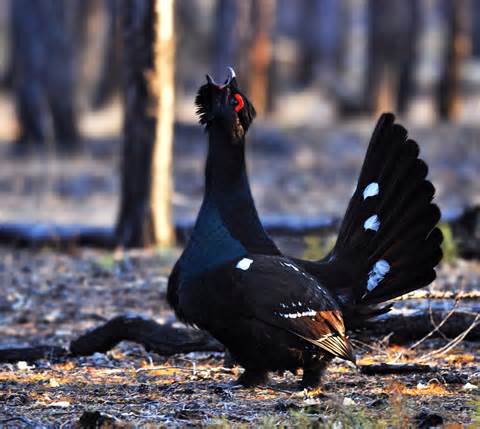
The black-billed grouse is called Black-billed Capercaillie in foreign language, and there are 3 subspecies.The activities and foraging of black-billed grouse are all during the day, starting at dawn and not stopping until dusk. They are good at walking on the ground, and generally seldom fly except...
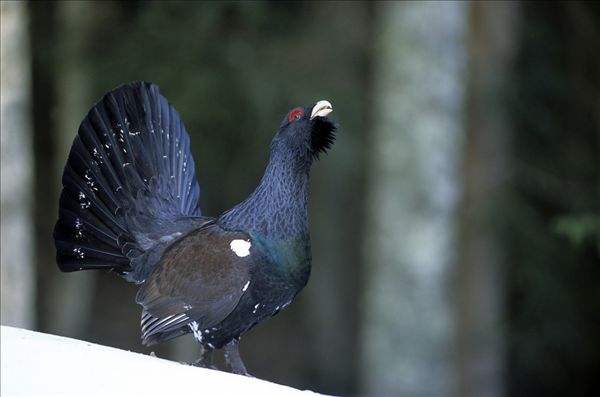
The grouse is called Western Capercaillie in foreign language. It has 12 subspecies. It is a large grouse that lives in forest areas. It is the same size as a turkey. Grouse rarely fly except when they go up and down trees. Due to their clumsy bodies, they flap their wings violently when they take o...
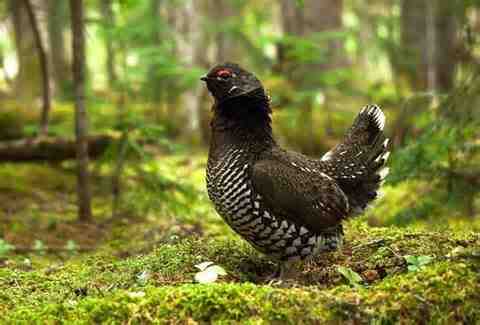
Siberian Grouse has no subspecies.Siberian Grouse has no obvious migration behavior in autumn and winter, but the altitude of its habitat decreases slightly. They usually move in pairs during the breeding season, and form small groups of 3-10 during the non-breeding season, with a maximum of more th...
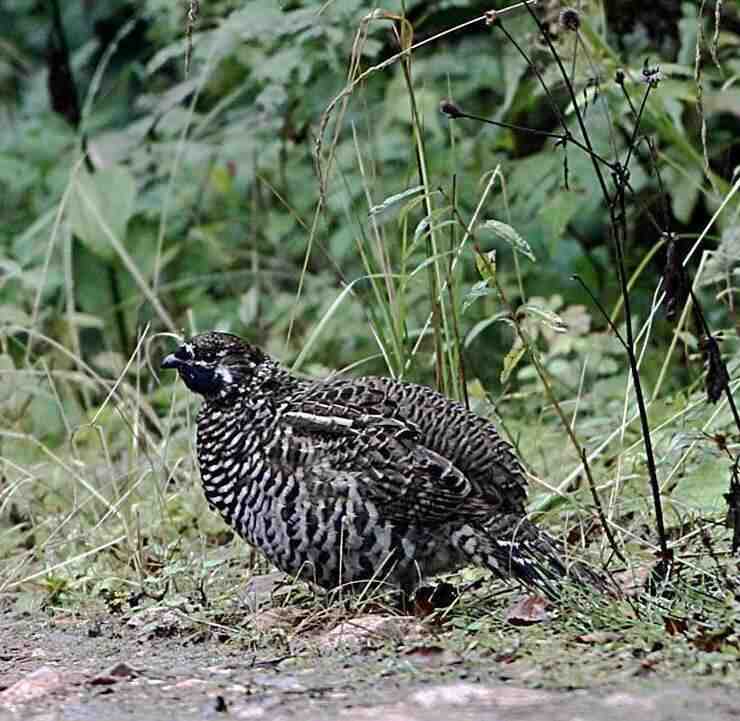
The foreign name of the spotted-tailed hazel pheasant is Chinese Grouse, which is divided into two subspecies, namely the nominative subspecies (T.s.sewerzowi) and the Sichuan subspecies (T.s.secunda). The difference between the two is that the Sichuan subspecies has a thicker chestnut head and blac...
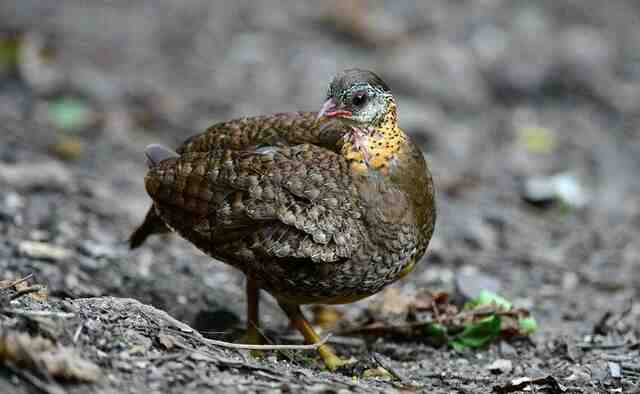
The green-footed tree partridge was previously classified as the mountain partridge genus (Arborophila) and was called the green-footed mountain partridge. Based on multi-gene sequence analysis, this species and the chestnut-breasted tree partridge (T. charltonii) should be classified as an independ...
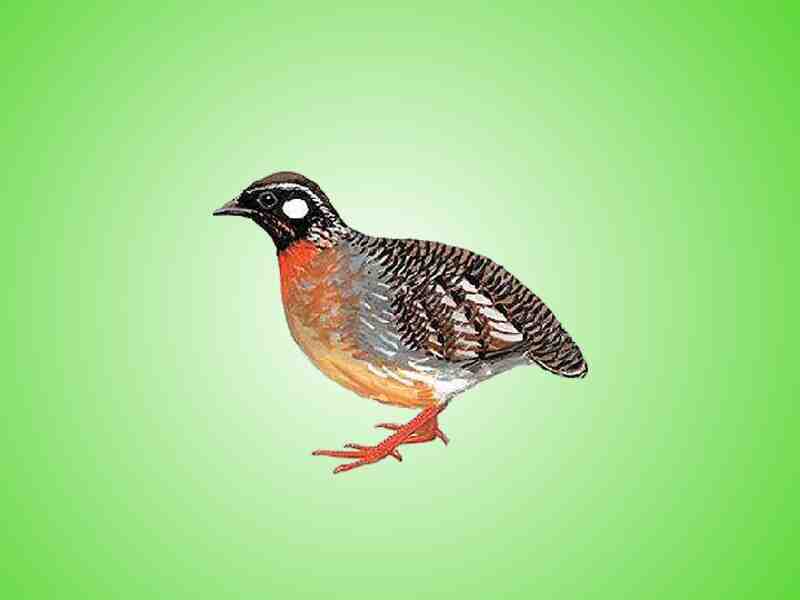
Hainan Partridge is called Hainan Partridge in foreign language, and has no subspecies.Hainan Partridge often forages in pairs or small groups of 4-5, at the bottom of the ditch, at the foot of the slope, or where fallen leaves are piled up on the hillside. They roost in trees at night. It is alert...